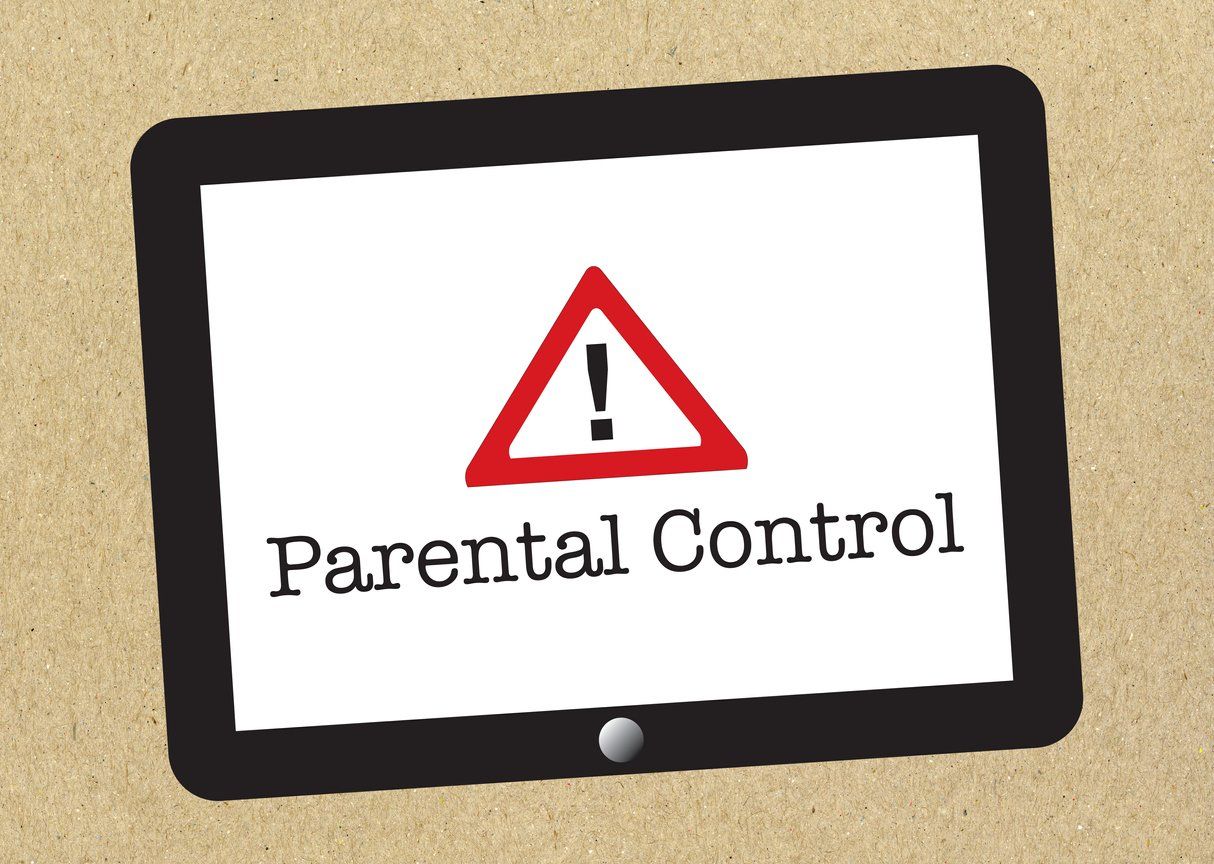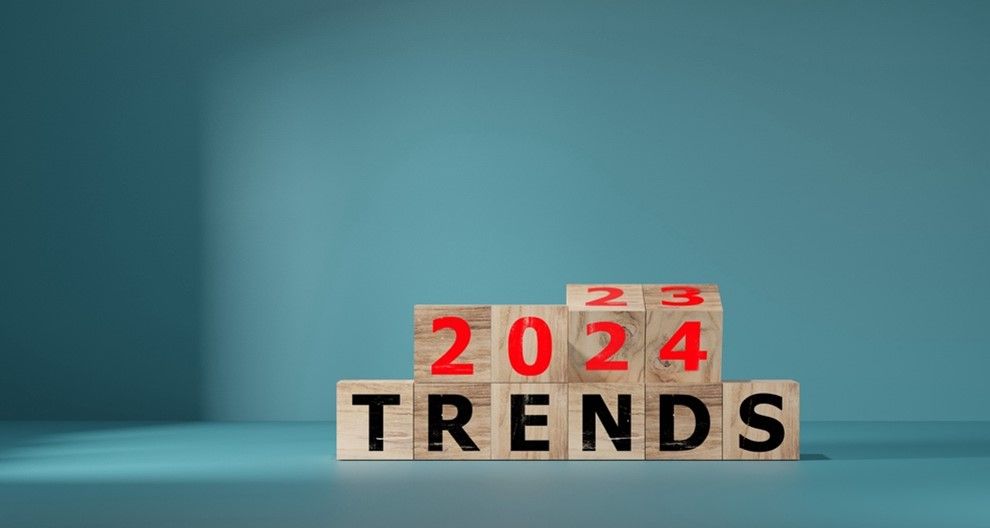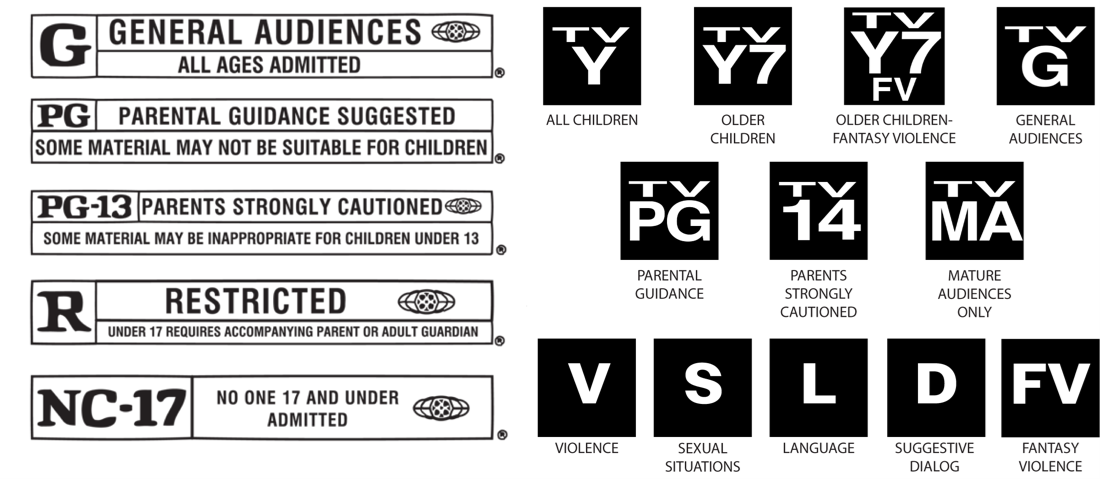Parental Control Vs. Age Ratings
As Covid-19 concerns persist and stay-at-home/social distancing continues, it’s difficult to find a single industry unchanged. Even streaming companies, most of whom just gained a bevy of new subscribers, have changed their services. In early April Netflix dropped streaming quality in order to ease overworked broadband servers as people increasingly plopped down in front of the TV to escape the current state of things. In addition, the streaming company announced that they will alter specific elements of the parental control features. Among the changes-in addition to rating-is a new capability to filter based on titles . Though the broadband restrictions are easing as the pandemic limitations ease, the filter settings are the new standard.
The shift is an interesting one. On the one hand, it seems an obvious move: every child is different, and not all of them are going to be able to handle the same thematic content. On the other, shouldn’t that be covered under ratings?
Most Netflix territories allow self-rating with government-determined age ratings for the video-on-demand content offerings. For countries with vague local ratings a generic set are used, usually ALL, 7+, 13+, 16+, 18+. The first two are defined by the FAQ as appropriate for “little kids” by the FAQ. For the U.S., TV-Y, TV-Y7, G, TV-G, PG, TV-PG are considered “kids” ratings. With all those options, the ability to tag specific titles as inappropriate for specific children regardless of rating seems like an acknowledgement that age-based ratings aren’t the panacea of what’s appropriate for children. Parents have known this for years: not every episode of Darkwing Duck is good for every kid. But with the spread available, you’d think that would mean particularly borderline episodes would just get bumped up a notch—from ALL to 7+, for example, allowing the parents of sensitive children to only allow shows rated ALL and be done with it. But what’s a 7+ for one parentis a 13+ for another. And ratings only cover so many of the sociocultural differences that go into age appropriateness.
Some differences are obvious
Singapore, in the latest iteration of its video-on-demand code of practice , specifies that films with content involving homosexuality must be rated at an NC16 or above. If the content is board-rated, they flag such themes with a specific content advisory, just like they would violence or sexuality. In contrast the British Board of Film Classification specifies that all content is rated without considering sexuality . A sitcom with minimal profanity, no sexuality and no violence but where the two main characters are a happily married gay couple might be rated PG in the UK—and up to R21 in Singapore.
The MPAA’s treatment of the “f-word” is the stuff of legend. Excepting extreme circumstances, there’s one allowed per PG-13; two is borderline and anything more than that results in an immediate R for coarse language. Lower ratings have similar rules for language: when “ Detective Pikachu ” featured a halfway uttered “sh*t,” that represented a loosening of those rules, which traditionally didn’t allow harsher expletives at a PG. TV stations will (mostly) bleep any profanity at a PG level, and even shows like the notoriously violent “24” only had one use of the “f-word.”
In Europe however, profanity isn’t usually even a consideration when assigning an age rating. Netherlands’ rating system, Kijkwijzer, explicitly states that there isn’t any rating associated with profanity, though it is used as a content advisory. In part, the system states that the science around when children pick up profanity is fuzzy, and while a younger child imitating what they hear on TV might be harmful, it’s difficult to know specifics. It’s widely recognized how common profanity is, particularly in older teens, and different parents have contrasting opinions on who can say what, so it’s difficult to legislate. Similarly, Germany and France don’t particularly concern themselves with language alone. Though specific uses of the “f-word” might bump the age (anything used aggressively or sexually, for example), there are no definite rules. A character stubbing their toe and using that top-tier expletive wouldn’t raise eyebrows—or ratings. In the U.S., though that alone is enough to nab a PG-13 .
Subjects like violence or sexuality are trickier. An explosive car crash with a driver sitting on the side of the road, forehead injury oozing blood, is a G in one country and a 12 in another; a couple kissing passionately in the back of a truck overlooking the city can get anywhere from a G to an 18 depending on the region. Even graphic sexual references receive a lower rating if they’re educational or comedic, depending on what country you’re distributing to.
This may seem to undermine the point of age ratings: after all, a 13-year-old in Singapore is the same as a 13-year-old in Mexico. But that assumption relies on a similarity of culture, particularly culture with regards to taboo subjects that frankly does not exist. The U.S. culture around profanity, for example, is unique. An American couple allowing their children watch Netflix in the Netherlands, then, should expect to hear a lot more cussing at a 7+ than ever allowed at that U.S. age rating and might want to appropriately adjust their filtering settings. That could mean not allowing any rating higher than the very lowest, but with the new options that could mean filtering content parents find specifically harmful and not eliminating the rest. Unfortunately, the reverse is not yet true: it’s not possible to set the child’s account only allowing TV-PG and below, except for a set of titles the parents choose. A Dutch couple who moves to the U.S., then, is stuck with the U.S. rules regarding profanity. rules regarding profanity.
Assumption of accuracy
Of course, that’s assuming the titles are rated correctly. With Netflix rating its own original content and spending the bulk of its budget on creating that original content, correctly rating each episode (or series) for each territory’s cultural expectation is more difficult. That includes what ages the country in question uses for its ratings. Not all countries care about the same thing, and not all countries care about the same age groups seeing the same things. Netflix’s new series “ Hollywood ” is a great example of this: the miniseries is rated TV-MA in the U.S., and though several episodes have nudity and sexuality, the reason for that rating is the frequent use of harsh profanity. Given the U.S. rules for content classification, that’s a correct rating.
The Dutch rating for the same series, however, is a 14, a relatively new rating , reserved at present for theatrical content that’s too intense for the usual 12 and not at the level of a 16. That’s where things get distorted: there’s sex in the show, and certainly adult themes, along with nudity, some of it sexual. But the violence is minimal, and heavily discouraged. The Kijkwijzer system rates violence much more strictly than it does sexuality, but even “ 1917 ” and “ Jojo Rabbit, ” both relatively violent war movies, were released at a 12+ in the country. “ The Danish Girl, ” which has fully nude characters and graphic sex scenes, got the same rating. Given that, is a 14 the most appropriate rating for “Hollywood?” If not, does it make more sense given the updates to the parental controls to drop the rating for countries where it ought to be dropped, and let parents make their own choices?
That’s if the ratings are correct. South Africa’s official rating system for television involves PG, 7-9PG, 10-12PG, among others. Netflix uses its standard system of ALL, 7+, 13+, 16+, 18+. Given those differences, it makes sense to allow parents to more finely tune their children’s ability to view content.
Complexity of ratings
With the difficulty of identifying the appropriate age ratings (no mean feat in some countries), then identifying the specific rules associated with those ratings, and then figuring out how to apply them, adding additional ways for parents to filter content is the most expedient option. After all, age ratings exist to ensure that children are protected from harmful content. The additional ability to filter out specific titles only assists in that aim—and as streaming video-on-demand becomes commonplace, more tools are sure to come.
Related Posts


SILICON VALLEY
2336-H Walsh Ave.
Santa Clara, CA 95051
+1(408) 550-2344
LOS ANGELES
3900 W Alameda Ave.
Burbank, CA 91505
+1(310) 496-7307









